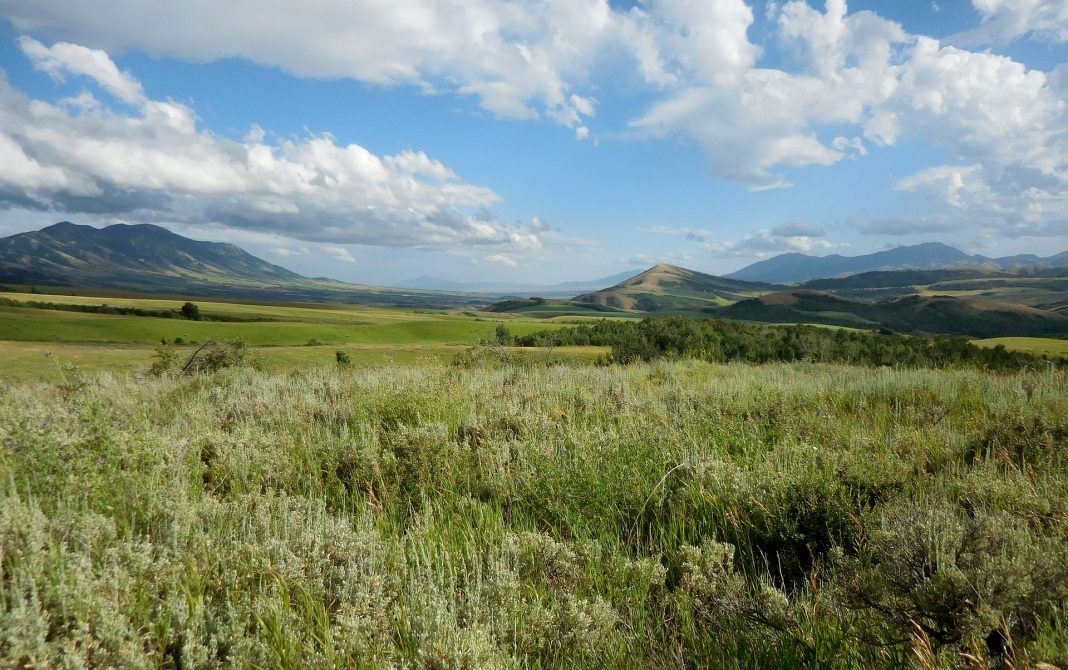We at EHUNTR encourage all sportsmen and women to get involved in Sagebrush Conservation. On July 27th, the Western Association of Fish & Wildlife Agencies (WAFWA) concluded the public comment section of their two-part plan to innovate the 2012 sagebrush strategy. Through the WAFWA Engagement portal, the public is invited to speak out and provide an individual perspective on how to strengthen sagebrush habit.
About the Sagebrush Conservation Strategy
Tom Remington and San Stiver were the coordination directors of the WAFWA strategy; they planned to create a scientific approach to sagebrush management (part A). Then allow the public to engage (part B) to those matters that were the most critical in part A.
Part A’s purpose is to provide the appropriate scientific measures to identify the challenges associated with a comprehensive analysis of human and wildlife dependencies within the sagebrush ecosystem. The strategy as Tom Remington endorses.
“Needs to provide a understanding of what the threats are to the sagebrush ecosystem, including fire, invasive grasses, climate change, freeroaming horses, conifer expansion, mineral and engery developement and sportman land use”
Moreover, the strategy identifies efforts needed to restore sagebrush habitat. With that in mind, our role as sportsmen is to become the link between field and science. Likewise, in part B of the strategy coordination, they are addressing concerns from the lens of sportsmen later this year.
The Conservation Strategy Continues
Furthermore, part B illustrates the communication and coordination among the multitude of actors that have a stake in sagebrush restoration. These actors include governments, non-government organizations, and private sector parties. Additionally, together the objective is to develop a series of plans and workshops to educate the public better. Consequently, the workshops will also provide a place where state, commercial, and sportsmen can interact to form better relationships under a common goal. Remington also emphasized.
“that mitigating the environmental threats to sagebrush will require improved governance of sagebrush conservation efforts. Many of the agencies responsible for sagebrush conservation lack authority over land use and other factors that impact sagebrush. Those with authority may not have the responsibility or capacity to act. Engaging the Western Governors’ Association and a broader range of local and state agencies through the EOC would help address the full range of impacts to sagebrush”.
The sagebrush ecosystem spans 13 western states and three Candian providences. Due to the extensive environmental coverage. Biological and state government officials reveal that the sagebrush biodome is the most threatened landmass in North America. For example, between 2012 and 2019, an average of 1.2 million acres of sage habit was burned. Compound that with invasive grasses and conifer woodland expansion, the sagebrush is on the verge of critical collapse. Other factors include free-range wild horses and natural resource growth as well. Another key factor in sagebrush habitat loss is human development.
Sportsman’s Responsibility
To address the need for a new strategy and better engagement, the WAFWA will continue future host a series of workshops over the next couple of years. The goal is to also provide critical contextual analysis of human and environmental interaction to recognize the threats to sagebrush habitat. As stewards, we are the first line conservationists of these lands, and I highly recommend you take part in these workshops. Every voice matters and every hand helps. Sagebrush Conservation is an important part of protecting our wildlands.
So, what are your thoughts on the Sagebrush Conservation Strategy plan? Do you plan on reaching out tho them? Let us know in the comments!















